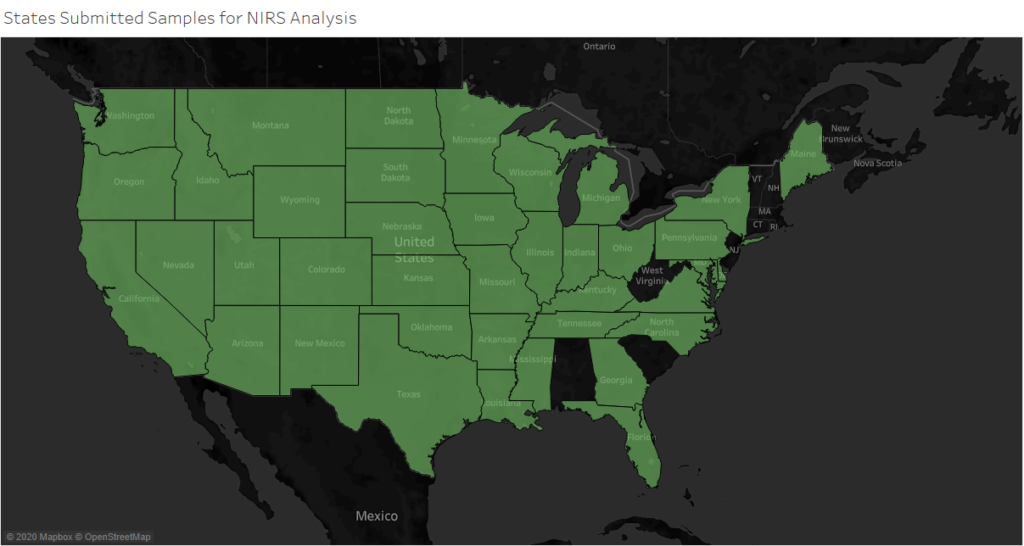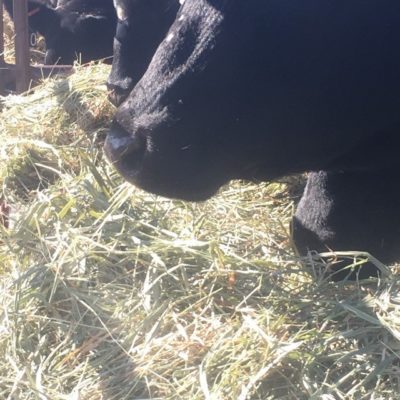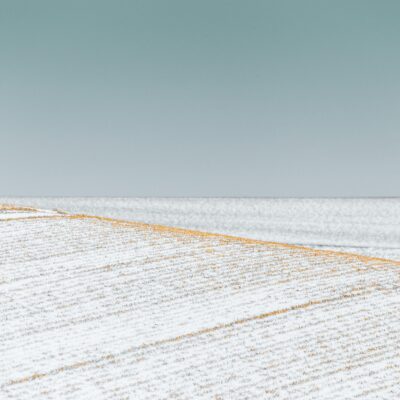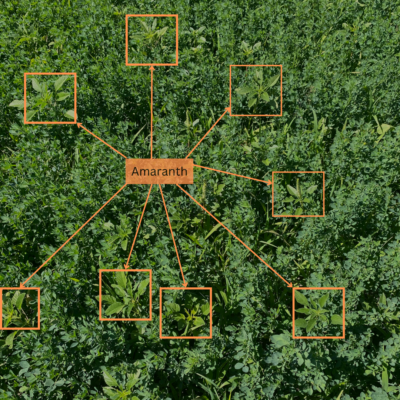Ward Laboratories, INC. takes the steps from sample receiving to results reporting to ensure your confidence in NIRS analysis of forages. Near infrared spectroscopy (NIRS) is commonplace in commercial feed testing laboratories. Most forage samples are ran by NIRS in our lab. Unfortunately, NIRS results undergo more skepticism than wet chemistry methods. However, NIRS is as accurate as wet chemistry techniques and with increased reproducibility!
How NIRS Analysis Works
NIRS analysis is very similar to wet chemistry analysis. Wet chemistry methods compare an unknown sample to a standard curve with known concentrations of the constituent of interest (i.e. Starch, Minerals etc.). While, NIRS analysis compares an unknown sample with a database of samples with known wet chemistry results.
When analyzing forages by this method, proper sample preparation is key for accurate results. First, a specific temperature range dries the sample. Then, a cyclone grinder with a one millimeter sieve reduces the forage particle size. Next, our trained technicians pack the sample into the cell properly for scanning. Subsequently, near infrared light scans the sample. The light reflects off the sample toward a detector at various wavelengths. Based on these wavelengths, the detector generates a spectra. Finally, calibration equations compare the sample spectra to others in the database to determine nutrient concentrations of the unknown sample.
Who Submits Samples
Ward Laboratories Inc. receives samples from across the continental United States. Agricultural producers, university researchers, extension agents, feed companies and feed mills submit forage samples to Ward Laboratories, INC. for NIRS analysis. We are located in central Nebraska. Therefore, we have a higher volume of samples submitted from the Midwest. If we were to maintain an in house database of forages, Nebraska and Kansas would be over represented in those libraries. Meaning, samples sent from other states, might not have the most accurate results from that library. Therefore, we are proud to be active members of the NIRS Forage and Feed Testing Consortium.

NIRS Forage and Feed Testing Consortium Members

The NIRSC is a group of university members, commercial feed testing laboratories, and instrument vendors. They also partner with the National Forage Testing Association. The group’s mission is to promote, standardize, and optimize the use of NIRS through the development of robust, accurate prediction models, and best laboratory management practices. Many members of the NIRSC submit samples to the database. Therefore, samples are represented from across the entire United States and Canada. Furthermore, the group makes a conscience effort to include new products such as enogen corn silage for example. By utilizing equations provided by the NIRSC, we ensure no matter where your sample is from, you can have confidence in NIRS analysis.
Quality Control of Unknown Samples
Here at Ward Laboratories, INC. we believe knowingly allowing inaccurate results go our the door would be unethical. Therefore, we look at the sample statistics that indicate how similar that sample was to others in the dataset . We run protein, acid detergent fiber and amylase treated neutral detergent fiber by wet chemistry methods at no extra cost to our valued customers on samples with poor sample statistics. However, as a testament to the accuracy and robustness of the NIRSC equations, in 2019 only 3% of NIRS samples were analyzed by wet chemistry!

In conclusion, Ward Laboratories, INC. takes the proper steps to ensure confidence in NIRS analysis of forages. Samples are prepared according the the most up-to-date guidelines. We understand that samples are submitted from various climates and geography. Therefore, we use the most robust equations available. We are active NIRSC members. Wet chemistry methods are employed on samples that do not meet our quality standards for sample statistics. Sending forage or hay samples to us assures accurate results and complimentary consultations!




